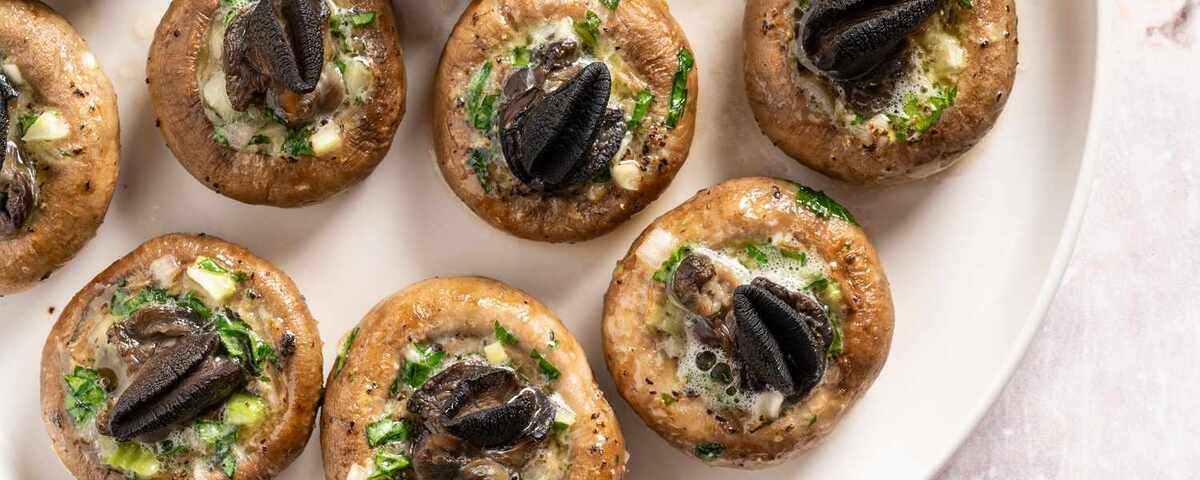
Mastering the Art of Patisserie: A Comprehensive Guide

Salade Nicoise A Classic French Summer Dish
Escargot: A Gastronomic Delight from France
Introduction
Escargot, the French term for snails, is a culinary delicacy that has captivated taste buds for centuries. This iconic dish,typically served as an appetizer, is renowned for its rich flavors and unique texture. Whether you’re a seasoned foodie or a curious novice, exploring the world of escargot can be an exciting gastronomic adventure. In this comprehensive guide,we’ll delve into the history, preparation, and cultural significance of escargot, ensuring your website readers are well-equipped to embark on their own escargot journey.
A Brief History of Escargot
The consumption of snails dates back to ancient times, with evidence of snail-eating practices found in various cultures.However, it was the French who elevated escargot to a culinary masterpiece. In Burgundy, particularly, snails became a staple food during periods of scarcity, and over time, their preparation and flavor profiles were refined. The region’s rich terroir, combined with the French culinary tradition, contributed to the development of escargot as a delicacy.
Essential Ingredients and Equipment
To prepare escargot, you’ll need the following:
- Fresh escargots: While canned escargots are available, using fresh snails offers a superior taste and texture.
- Garlic: A key ingredient for the signature escargot flavor.
- Butter: High-quality butter is essential for creating the rich and creamy sauce.
- Parsley: Adds freshness and color to the dish.
- Shallots: Contribute to the overall flavor profile.
- White wine: Enhances the taste and deglazes the pan.
- Breadcrumbs: Adds texture and a golden finish.
- Escargot dish or individual ramekins: For serving the escargot.
- Small forks: For eating the snails.
Preparing the Escargots
1. Purging the Snails:
- If using live snails, purge them for several days in a mixture of flour and water to cleanse their digestive system.This step is crucial for removing any impurities.
- For canned escargots, rinse them thoroughly under cold water to remove any preservatives.
2. Cooking the Snails:
- Bring a pot of salted water to a boil.
- Add the snails and cook for about 10 minutes or until the shells open.
- Remove the snails from the shells and discard the inedible parts.
- Reserve the cooking liquid for making a snail broth.
Creating the Classic Garlic Butter Sauce
- In a small saucepan, melt the butter over low heat.
- Add minced garlic and shallots, sautéing until fragrant without browning.
- Stir in finely chopped parsley.
- Remove from heat and let the mixture cool slightly.
Assembling and Baking the Escargot
- Preheat your oven to 375°F (190°C).
- Place a snail in each escargot shell or ramekin.
- Top with a generous amount of garlic butter.
- Sprinkle with breadcrumbs for added texture.
- Bake for 10-12 minutes, or until the butter is bubbly and golden brown.
Serving Escargot
- Serve escargot hot as an appetizer, accompanied by crusty bread for soaking up the delicious garlic butter.
- Offer small forks for enjoying the snails.
Tips for Perfect Escargot
- Use fresh ingredients for the best flavor.
- Experiment with different herbs and spices to create your own unique escargot variations.
- Serve escargot immediately after baking to maintain its optimal temperature.
- Pair escargot with a crisp white wine, such as a Chablis or Sauvignon Blanc.
Escargot: A Culinary Adventure
Escargot is more than just a dish; it’s a cultural experience that embodies French gastronomy. By following this guide, you can confidently prepare this iconic delicacy and share it with your guests. Whether you’re hosting a dinner party or simply exploring new flavors, escargot is sure to impress.


